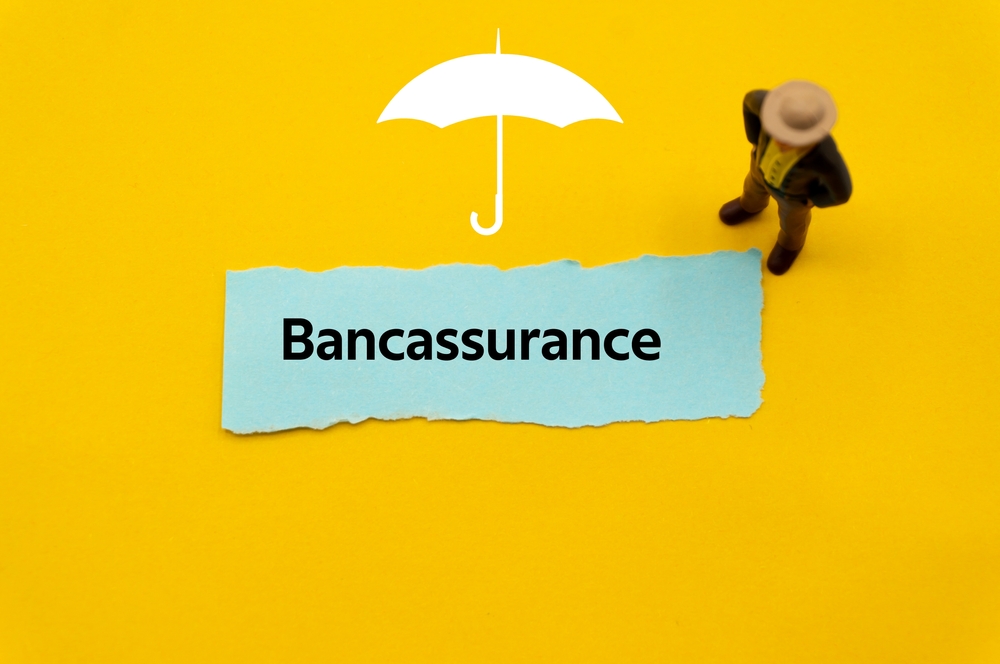Bancassurance, the distribution of insurance products through banks, has been a growing trend in the financial services industry for several years. This strategic alliance between banks and insurance companies has its proponents and critics, each with their views on whether it brings more benefits or drawbacks to the insurance sector. Let’s delve into the world of bancassurance and explore its impact on insurance firms.
The Rise of Bancassurance
The concept of bancassurance gained prominence in the 1980s and has since expanded globally. The idea is simple: banks leverage their extensive customer base and distribution channels to offer insurance products alongside their traditional banking services. By doing so, banks can diversify their revenue streams and provide their customers with a one-stop shop for financial needs.
Benefits to Insurance Firms
- Extended Reach: Partnering with banks gives insurance companies access to a broader customer base, including individuals who may not have considered purchasing insurance independently. This expanded reach opens up new market segments and potential clients for insurance products.
- Enhanced Distribution Channels: Banks have an established and efficient distribution network, making it easier for insurance firms to distribute their products quickly and cost-effectively. This can lead to increased sales and improved market penetration.
- Trust and Credibility: Banks are seen as trustworthy institutions, and customers may feel more comfortable buying insurance from a familiar and reliable financial provider. This association can enhance the credibility of insurance products and boost consumer confidence.
- Cross-Selling Opportunities: Bancassurance opens the door for cross-selling opportunities, where banks can promote insurance products to their existing customers. This approach not only increases insurance sales but also deepens customer engagement with the bank.
Drawbacks to Insurance Firms
- Overdependence on Banks: Relying heavily on bancassurance for distribution may expose insurance companies to the risks associated with the banking industry. Economic downturns or regulatory changes impacting banks could also have adverse effects on the insurance business.
- Limited Product Range: In some cases, bancassurance partnerships may lead to a narrow product range, as banks may prioritize selling insurance products with higher commissions or simpler sales processes. This limitation could restrict customers’ choices and preferences.
- Regulatory Challenges: Bancassurance arrangements often involve navigating complex regulatory landscapes, as banks and insurance companies are subject to different sets of regulations. This can add administrative burden and compliance costs.
- Branding and Differentiation: Bancassurance may dilute the distinct branding of insurance companies, making it harder for them to stand out in a competitive market. This loss of differentiation could impact their ability to attract and retain customers.
To ensure a successful bancassurance venture, insurance firms must carefully choose their banking partners, establish clear terms and objectives, and maintain strong control over their product offerings and brand identity. Striking the right balance between leveraging the benefits of bancassurance while mitigating potential risks will determine whether it proves to be a boon or a bane for insurance companies in the ever-changing financial landscape.












Your article helped me a lot, is there any more related content? Thanks!